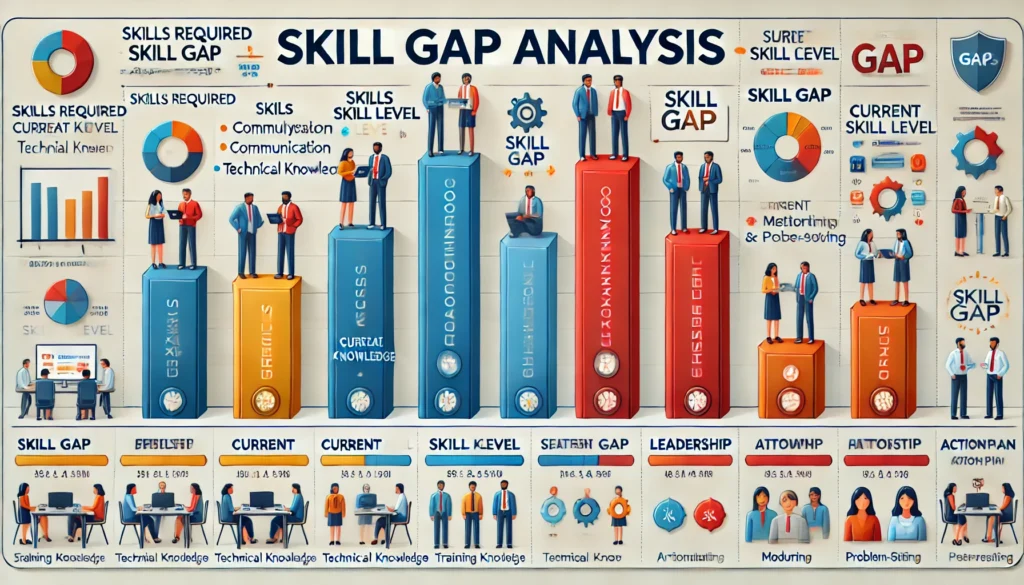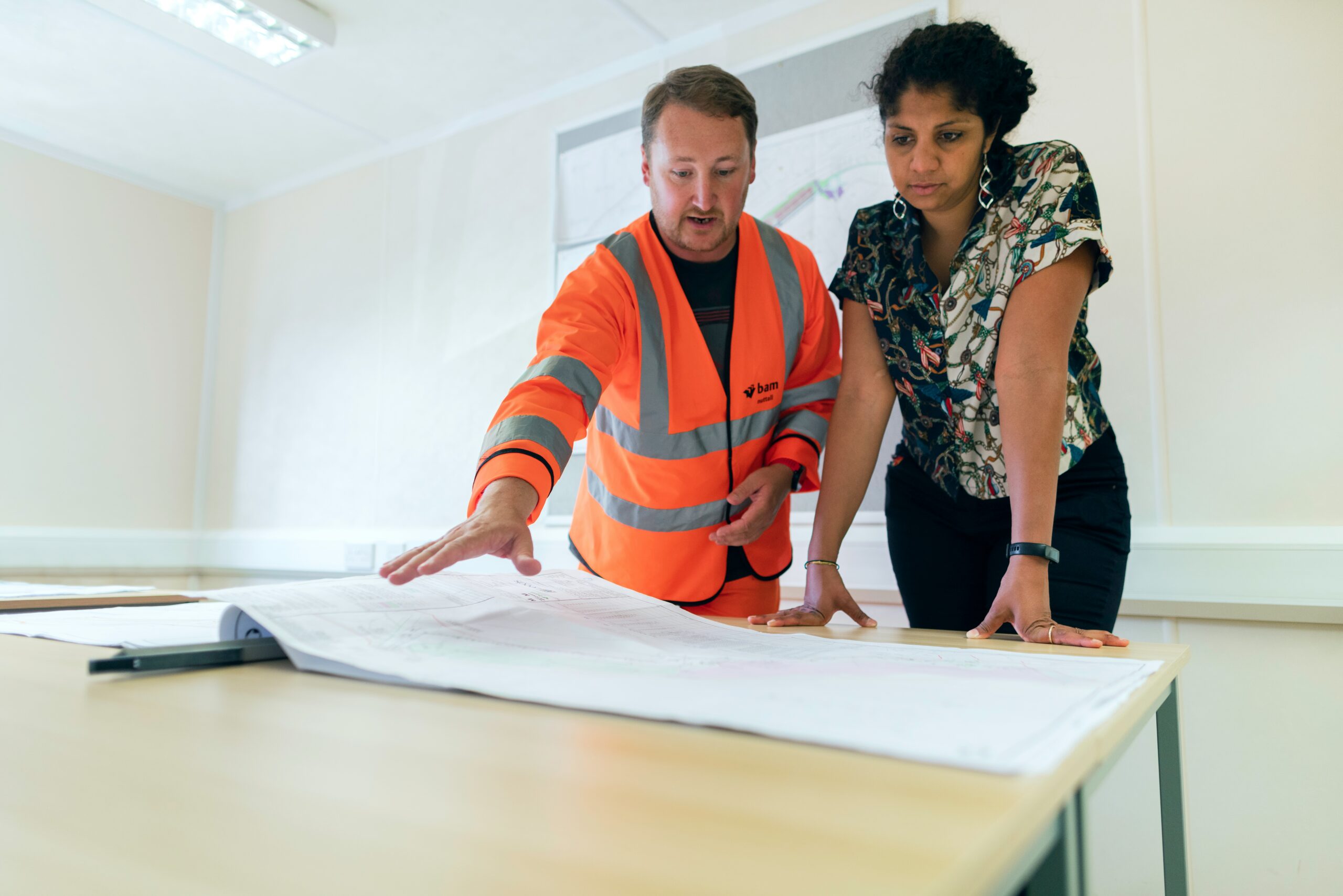Learning at the Pace of Business and Learning Ahead

Reflects two distinct approaches to skill development and employee growth, both crucial to organizational success in the rapidly changing work environment.
1. Learning at the Pace of Business
This approach focuses on real-time learning that evolves alongside the business’s current needs. Employees learn and adapt as challenges or new technologies emerge. The key features of this method include:
• Agility and Flexibility: Employees acquire skills and knowledge to solve immediate business problems, staying relevant to ongoing projects or tasks.
• Responsive to Change: It helps organizations quickly pivot to new opportunities or address gaps without long delays, allowing employees to stay up-to-date with current industry standards or technologies .
• On-the-Job Learning: Training is often practical, hands-on, and linked to employees’ daily roles, making it highly applicable and efficient for meeting current needs .
Challenges: This method can limit strategic growth as employees are constantly catching up with present demands, potentially leaving little room for innovation or long-term skill development.
2. Learning Ahead
Learning ahead emphasizes future readiness, where employees acquire skills and knowledge that anticipate future business needs and industry trends. This approach is more proactive and strategic, focusing on:
• Building Future Capabilities: Employees are equipped with skills for future roles, emerging technologies, or industry trends before these needs become urgent.
• Driving Innovation: This method fosters creativity and long-term growth by encouraging employees to explore new ideas and concepts, which can lead to competitive advantages.
• Career Development: Employees are given opportunities to broaden their skill set and prepare for leadership or more complex roles, driving individual and organizational growth .
Challenges: While strategic, learning ahead can sometimes feel disconnected from immediate tasks, making it harder for employees to see the relevance of certain skills in the short term.
Balancing Both Approaches
In today’s fast-paced business environment, a balance between learning at the pace of business and learning ahead is crucial. Organizations that integrate real-time, responsive learning with forward-thinking skill development will be better positioned to innovate and maintain a competitive edge. This balance ensures employees are equipped for today’s challenges while preparing for tomorrow’s opportunities .






Responses